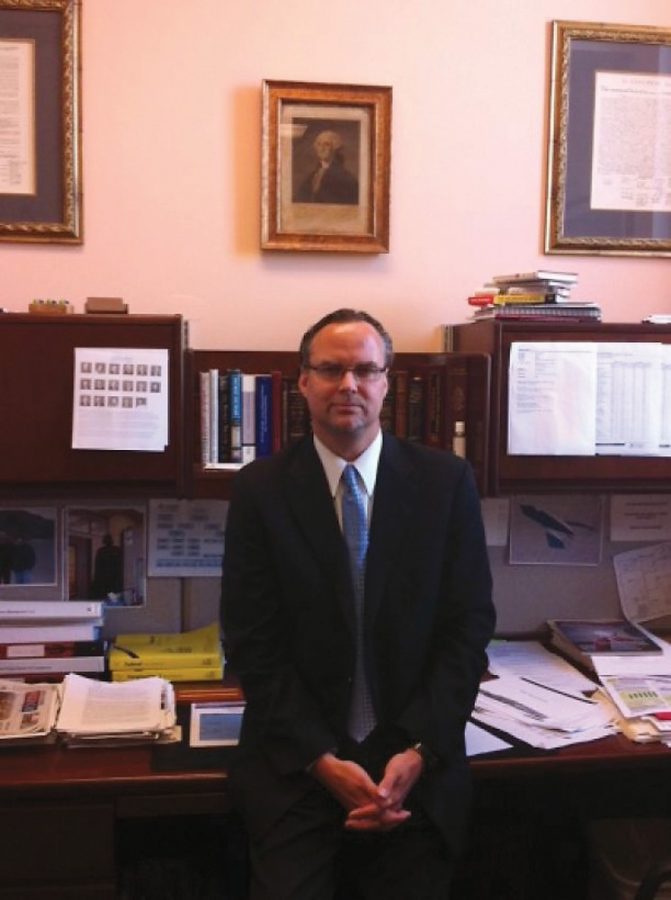The UA is looking to step up its government lobbying efforts at the local, state and federal levels.
At the moment, the UA is focused on establishing its presence at the federal level in Washington, D.C., said Tim Bee, senior associate vice president for legislative and community relations. The first step involves the UA’s federal lobbyist, Shay D. Stautz, associate vice president for federal relations, permanently moving to D.C. He had previously been commuting between Tucson and the capital.
“Our primary purpose is to better enhance our presence in D.C., so we can better compete for the federal research funds and track legislation that affects us,” Bee said. “What we do at the Capitol affects students and the faculty.”
In D.C., the UA will vie for funding for research from the National Institutes of Health, the National Science Foundation and the Department of Agriculture, Bee said.
The UA does not compete as well as some of its peers with certain funding agencies, such as the Department of Defense, according to Teri Lucie Thompson, senior vice president for university relations. Thompson said that part of the UA’s strategy to compete for funding involves having a permanent presence in D.C.
The UA currently receives $600 million annually in funding for research. The Arizona Board of Regents has set a goal for the UA to increase that number to $1.2 billion by 2023, according to Bee.
“It’s a pretty short time span to have a rapid increase in research,” Bee said. “It will have an absolutely dynamic effect on the University of Arizona, on the opportunities for the students and for the economy of our community.”
Thompson said that there will be difficulties in reaching these goals, at least in the near future.
“Over the next few years, the outlook is pretty flat,” she said.
In addition to an increased presence in D.C., Bee said that throughout the coming year the UA will be expanding its reach in Phoenix to work with the state Legislature and the Governor’s office through its State Relations office. In the proposed budget for the 2015 fiscal year Gov. Jan Brewer released last month, the UA received about 10 percent of its funding requests.
State Rep. Ethan Orr (R-Tucson) said the UA’s lobbying presence in the State Capitol is already very visible.
“I can tell you they are very effective,” Orr said.
The UA used to have a larger office in its State Relations office but, due to budget cuts, it has had to greatly trim down its staff, according to Bee.
“As far as the State Relations office, I have been doing it from campus for the past several years,” Bee said.
Bee added that the amount of money the state allots the UA has a direct correlation with tuition rates for students at the UA.
“We will be continuing to ask the Legislature for the other parts of our funding priorities that were not included [in the proposed budget],” Bee said.
At the local level, the UA maintains relationships with local governments across Arizona, according to Bee. The UA’s Cooperative Extension program has offices in every county in the state.
“The primary change [at the local level] isn’t any change in staffing or structure, it’s a change in focus,” Bee said, “to be looking to make sure that we are in communications with local governments.”









